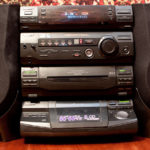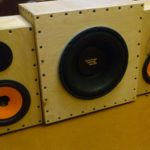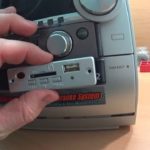DIY FM antenna for music center
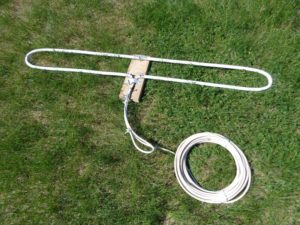 The manufacturer provides most music centers with a radio function, and many often use this opportunity to listen to news, music or favorite radio programs. However, often the built-in device for receiving radio signals is not enough, which causes interference and poor quality playback. In this case, reception can be improved using an antenna, which can be either factory-made or home-made. In this material we will talk about how to make your own FM antenna for a music center.
The manufacturer provides most music centers with a radio function, and many often use this opportunity to listen to news, music or favorite radio programs. However, often the built-in device for receiving radio signals is not enough, which causes interference and poor quality playback. In this case, reception can be improved using an antenna, which can be either factory-made or home-made. In this material we will talk about how to make your own FM antenna for a music center.
The content of the article
Types of antennas for a music center
There is the following classification of factory antennas for receiving radio signals:
- Disk. Such devices are capable of picking up a satellite signal, and they are installed both indoors and outdoors.
- Rod. The shape resembles an ordinary round pin, straight or rounded.
- Frame and wire. Such receiving devices can be given any shape, since the receiving wire bends well.
IMPORTANT! The cheapness of a homemade antenna is far from the only reason why many refuse to buy a factory one.The fact is that for the most part, the quality of the received sound depends on the characteristics of the music center itself, and by experimenting with different types of antennas, you can achieve optimal sound quality.
DIY FM antenna for music center
If the factory version does not satisfy the user for the reasons described above, then he should try to make his own antenna for his music center. To make homemade devices for receiving radio signals, you will need different starting materials.
Made of metal foil in the form of a square
In order to make a receiving device from foil, you will need:
- Fiberboard or small board.
- Roll of metal foil.
- A piece of shielded cable with a resistance value of 50–75 ohms.
- The plug required for connecting to the MC.
- Soldering iron and accessories (solder, flux).
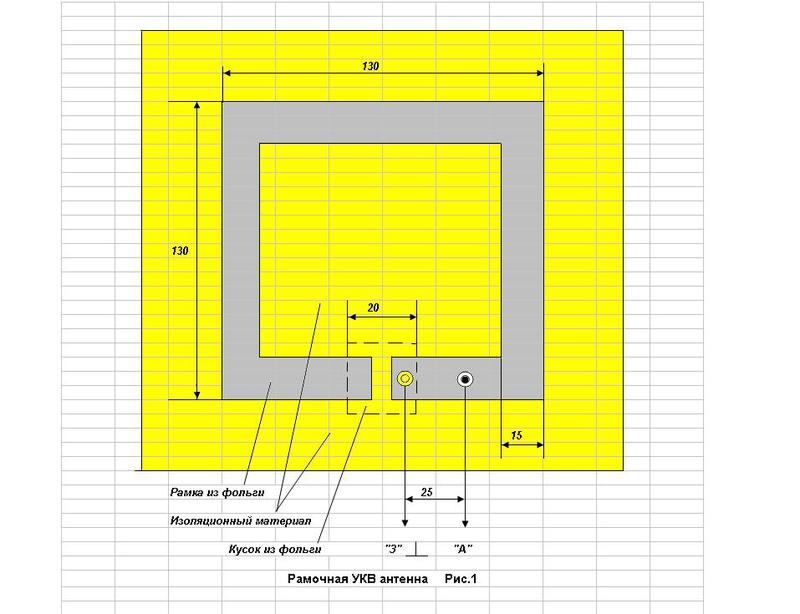
This is one of the easiest homemade antennas to make. You need to cut out a square frame of the required size from foil. A 15 mm wide cutout is made in its lower part. After this, the frame must be fixed to a piece of fiberboard using ordinary glue. When the foil is glued, a “screen” and the central core of the wire are soldered along the edges of the cutout at the bottom of the frame. The gap between the soldering points of the wire should be within 25–40 mm.
Such an FM antenna can be installed both indoors and outdoors, if the cable length allows it. In order to “adjust” the received signal, the device is slowly rotated around its axis.
From pipes
This design is based on the use of conventional pipes used for utilities at home. In addition to these you will also need:
- disassemble the line transformer of an outdated tube TV and remove the ferrite core from it;
- purchase glue and high-quality electrical tape;
- buy a roll of brass or copper foil;
- get a copper installation cable with a cross-section of 0.25 mm and a length of one and a half meters;
- prepare a plug with which the antenna will be connected to the MC.
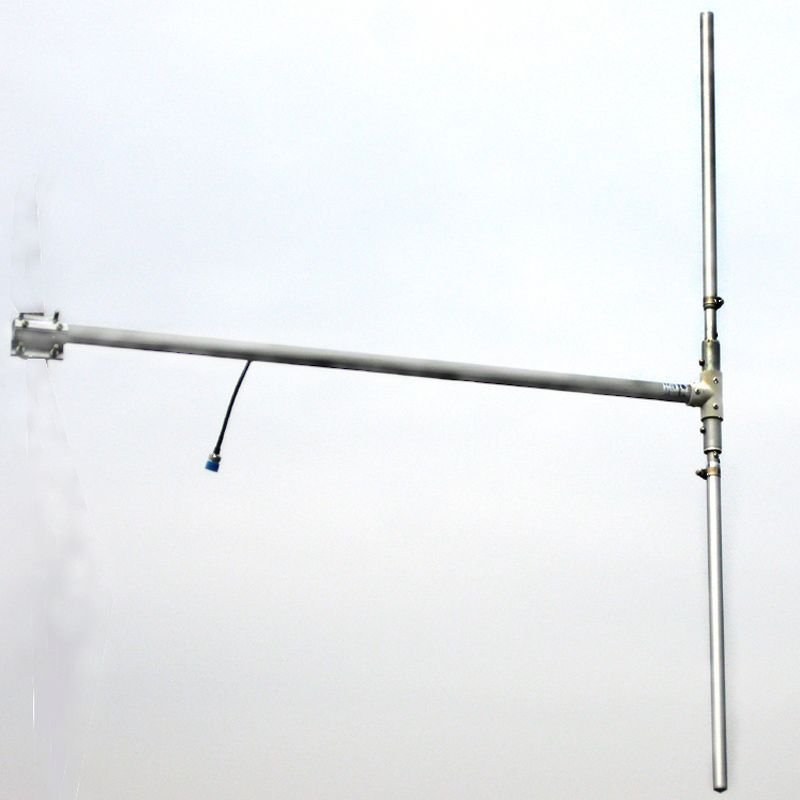
First of all, paper and electrical tape are placed on the ferrite core of the transformer in two layers. After this, the foil is laid on top of the electrical tape in one layer, while overlapping the turn by 1 centimeter. It is necessary to ensure that the two sides of the coil are not in contact, and periodically prevent possible contact using electrical tape. A wire with taps on the seventh, twelfth and twenty-fifth turns is wound onto the finished screen at 25 turns.
In the same way, the prepared communication circuit is wrapped with a “screen”. The screens are subsequently connected to each other, and the ends of the cable are inserted into the plugs.
IMPORTANT! A special feature of this type of antenna is that it can be used to listen to the radio even during a thunderstorm, without fear of possible damage to the equipment. Since whole-house water or heat pipes are used, a better signal can be achieved in high-rise buildings.
From coaxial cable
Such antennas are well suited for areas with unstable signal. For their manufacture they are usually used:
- one and a half or more meters of TV cable;
- a one and a half meter plastic tube, about 20 mm in diameter;
- wooden mast.
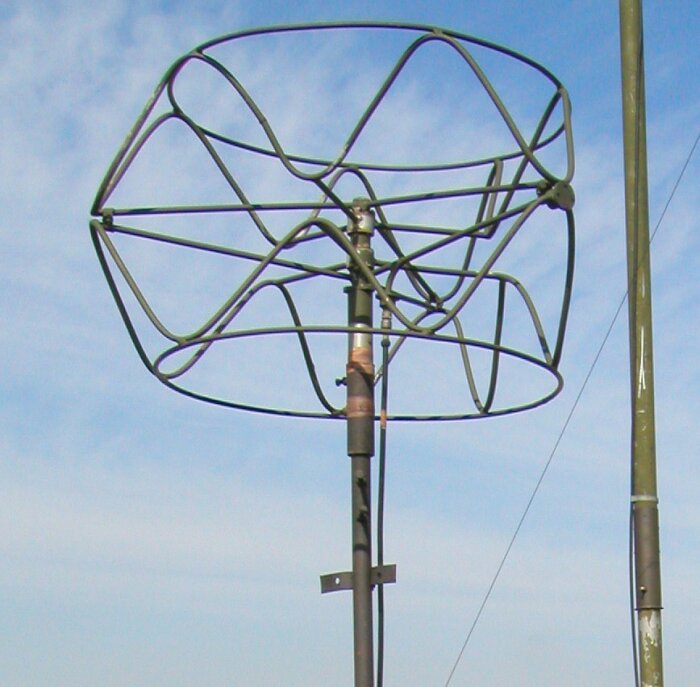
To begin, at a distance of about 75 centimeters from the end of the cable, you need to cut the wire and carefully remove the plastic insulation from it, without damaging the integrity of the braided screen.The braid must be kneaded, after which, being careful not to damage the copper core, turn the screen towards the cut.
Then, using any available methods, the antenna is fixed inside a plastic pipe, and after that the pipe is attached to a wooden mast. Searching and capturing the signal is adjusted by vertical rotation of the mast, as well as the height of its installation.
If the shielded cable was not damaged during the assembly of the device, then such an antenna will be able to operate with a minimum amount of interference.
Additional tips for improving sound
If none of the above-described types of antennas provide high-quality sound, then you can try soldering an old television antenna to the input of the music center. Some of them are capable of successfully receiving radio signals and, if the user is lucky enough to find such an instance, the signal reception will be quite clear.
When picking up a signal, you should also take into account weather conditions, because if there is rain or heavy snow outside, then virtually any antenna can receive a signal with glitches and interference.
To improve signal quality, experts advise placing the receiving device in an open space and at the highest possible installation point in order to neutralize the influence of uneven terrain.
The length of the device rod significantly affects its frequency range and can be expanded simply by increasing the length of the antenna rod. It is also worth noting that even a properly assembled homemade antenna does not provide a 100% guarantee of improving the sound quality of a radio music center, because the cause of poor-quality sound may be the design features of the center itself.

